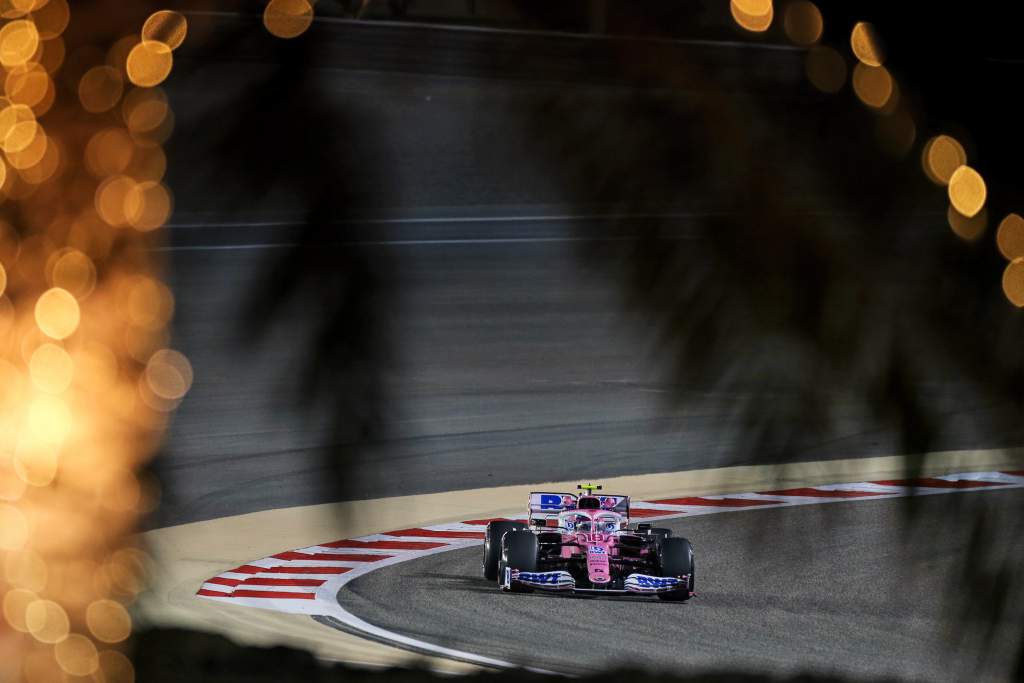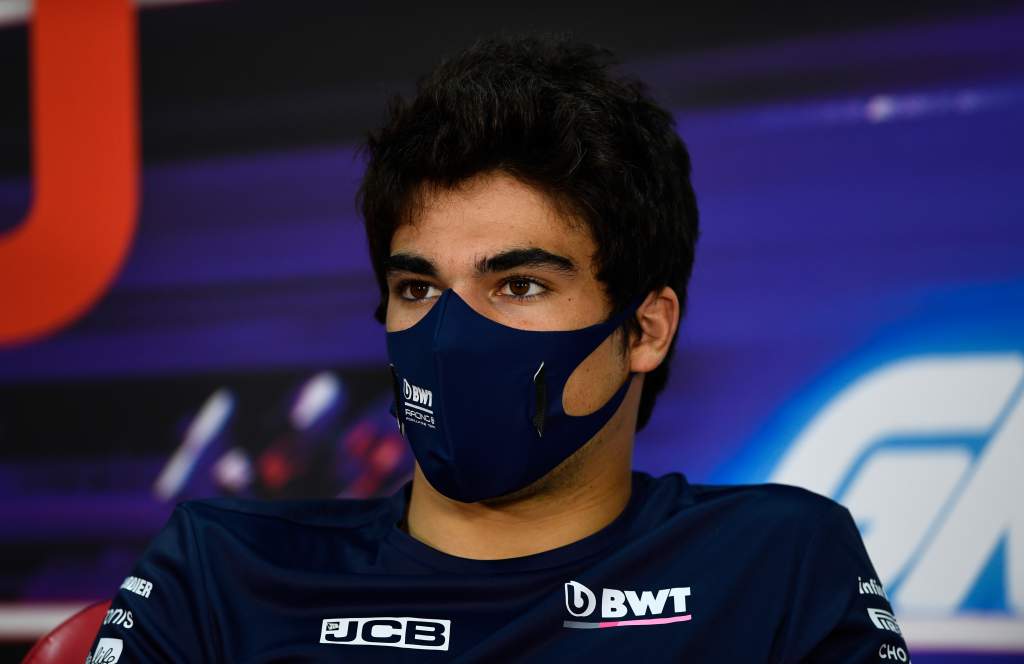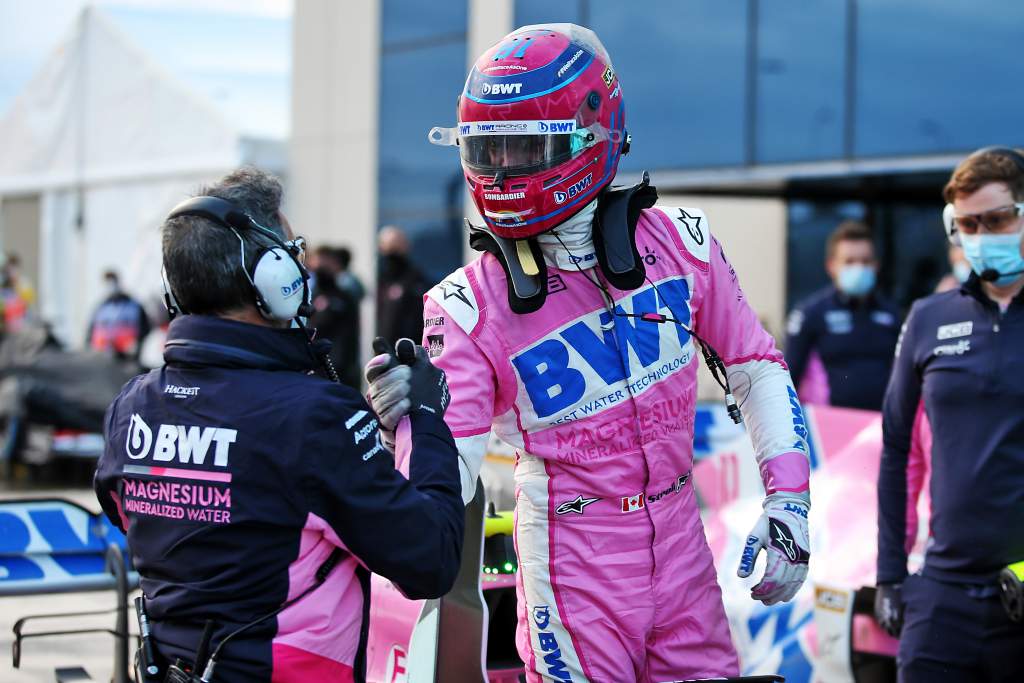Up Next

Lance Stroll was a very disappointed Q2 casualty of the Carlos Sainz-induced red flag in that session. Ultimately, that incident is what left the Istanbul pole-sitter failing to graduate to Q3, only 13th-quickest, having been second-fastest in Q1.
Stroll, like most of the rest of the Q2 pack, was in the middle of a lap when that red flag came out for the stranded McLaren, which had suffered some sort of drivetrain seizure. Everyone trailed back to the pits and had fresh tyres fitted. But not Stroll. He went back out on the same set of mediums that had already done the aborted lap.

“I think there was a miscommunication on timing,” he said afterward. “I thought we had time for two runs, so we only had time for one run and I was on an old set of mediums because we used one in Q1 and we did a lap before the red flag in Q2 and then we went back on that same set. Whereas the others had a new set.
“There was no chance to even get close. Unfortunately, yeah, that was a bad call.”
The only fresh tyres left were softs and in hindsight they would almost certainly have got him through. But the benefit of that is dubious – for in Friday running the softs were degrading hugely. Anyone obliged to start on them would have to accept a hugely compromised race strategy, with a very early first stop, probably long before the field had spread out to prevent rejoining at or near the back.
So, why did the others have a spare set of mediums to fit after the red flag, but not Stroll? Because – uniquely – he had used a set in Q1, before then using a set of softs to set the second-fastest time of that session. The subsequent red flag ensured that was a super-costly error of judgement.

The thinking had been that he wanted to save a set of softs for Q2, just in case the medium proved not quick enough. As it turned out, the medium would have been comfortably quick enough – and everyone who graduated to Q3 used it.
But the fact that Stroll and the team can be so disappointed with such an outcome illustrates the great strides he has made since just a few months ago. Last year, it would have been not too unusual for him to have qualified 0.6s adrift of team-mate Sergio Perez, as he did here.
This time it was only because of a tyre differential that accounted for all of that deficit. In fact, Stroll had looked to have the edge in speed over his team-mate all day, beginning in FP3 and continuing in to Q1. Just as had been the case in Istanbul qualifying.

After his post-COVID blues Stroll suffered a definite dip in his form, having been well-matched on pace (if not points-scoring) with Perez earlier in the season. He reported the very different characteristics of the car after its aero upgrade in Mugello and rear suspension change in Sochi were making it not quite as in-tune with him as the original. But the break-out from that depression came in resounding form with that Istanbul pole – and his impressive lead in tricky conditions. The post-race discovery of front wing damage from lap 17 onwards also explained his later fade.
He brought that confidence with him into this weekend and given that Perez qualified only half a tenth adrift of Alex Albon’s fourth-fastest Red Bull, it’s more than feasible – given his form up to Q2 – that Stroll may have been able to snatch that second row place.
It will just have to go down as a missed opportunity, but the underlying form is actually a great run-in to 2021 and his Aston Martin-badged pairing with Sebastian Vettel. The much-maligned boss’ son is finally beginning to string together his peaks – and the breaking of that pattern here was unfortunate, but ultimately probably just a glitch on his upwards progress.




